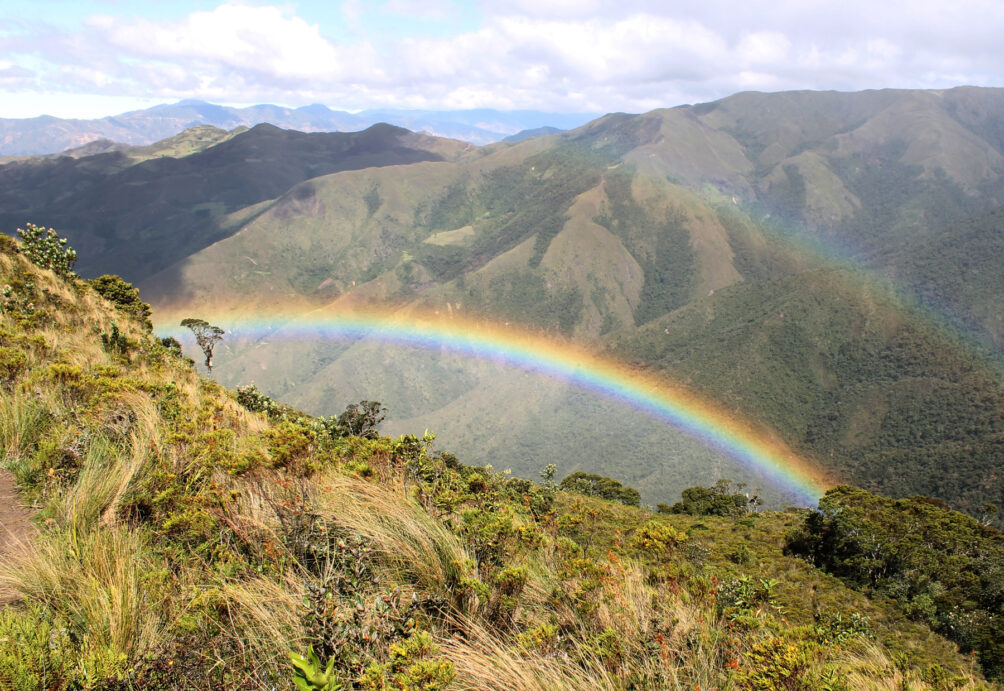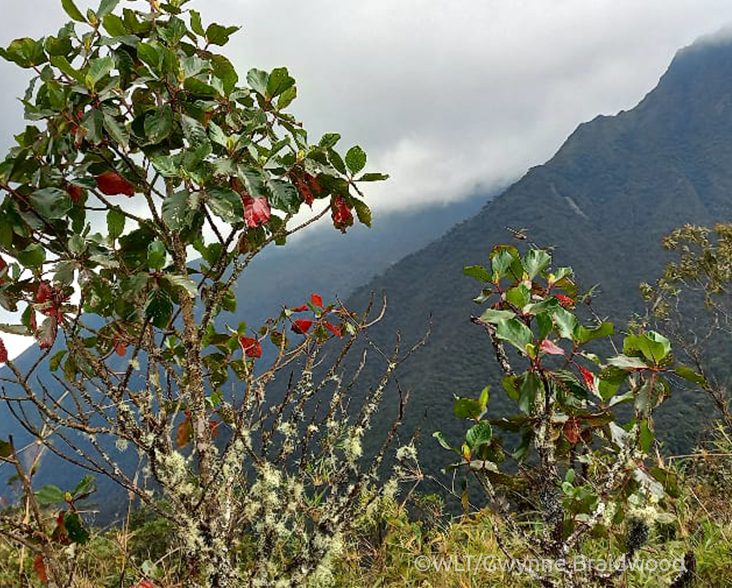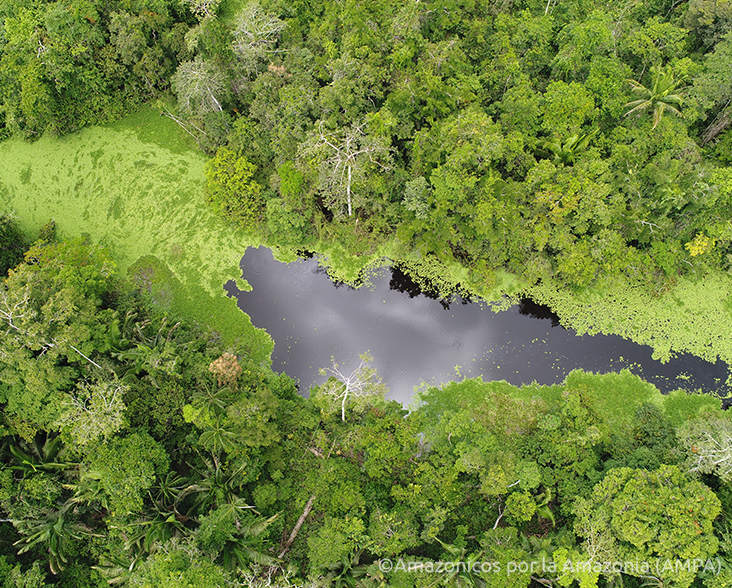Stretching for 2,400 km (1,500 miles) along the west coast of South America on the Tropical Andes Biodiversity Hotspot, Peru is one of the world’s 17 megadiverse countries and home to 10% of global species.
Peru is divided into three distinct geographic regions running from north to south: the narrow coastal desert region, home to most Peruvians; the Andean highlands, reaching 6,768 m at Mount Huascarán; and the hot and humid Amazonian jungle region. The country’s ecosystems include the carob and mesquite woods, dunes and wetlands of the coastal Sechura Desert; the highland Páramo grasslands and lakes of the Altiplano; the montane Yungas forests; and the moist forests and seasonally flooded várzea forests of the western Amazon.



